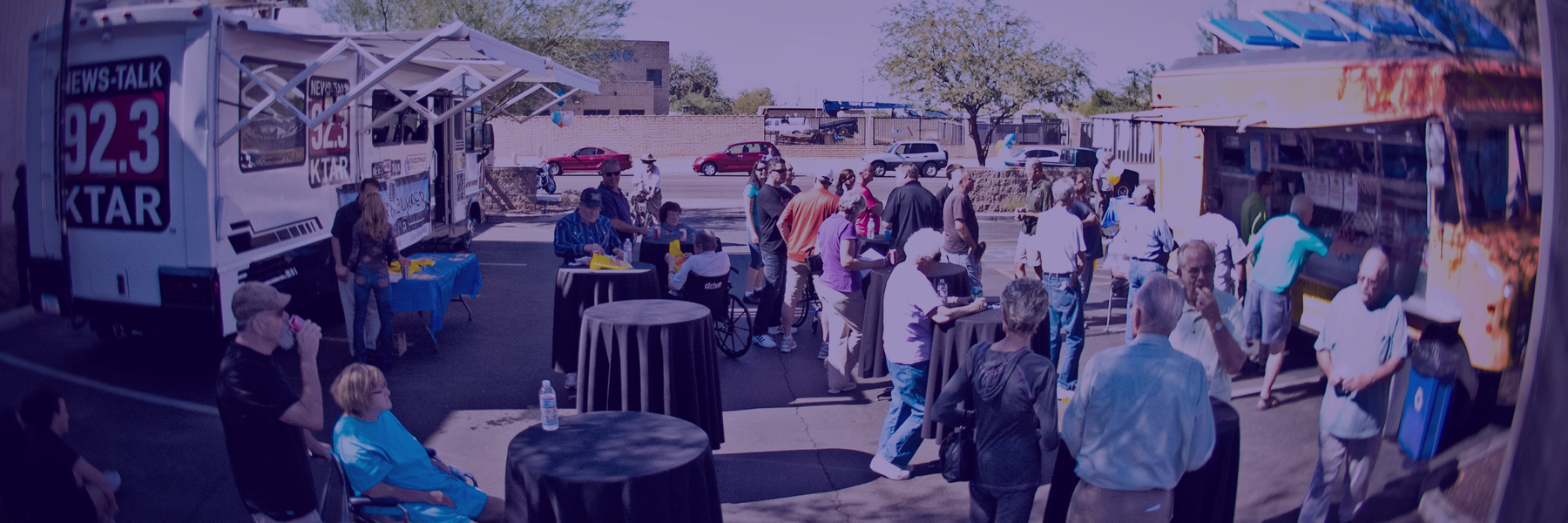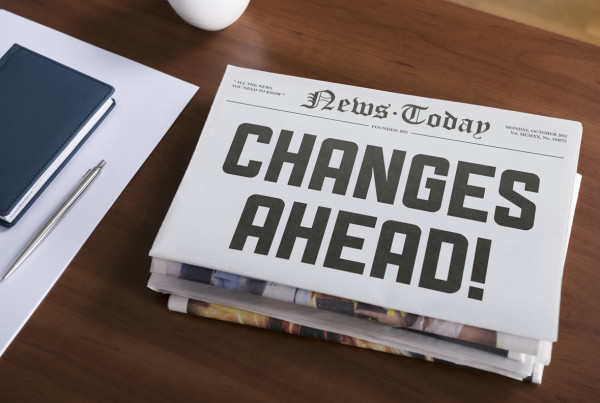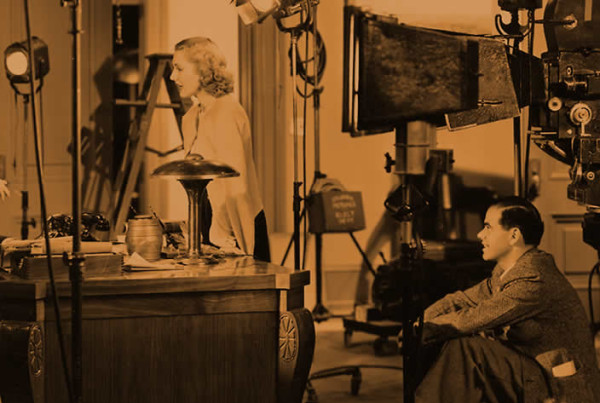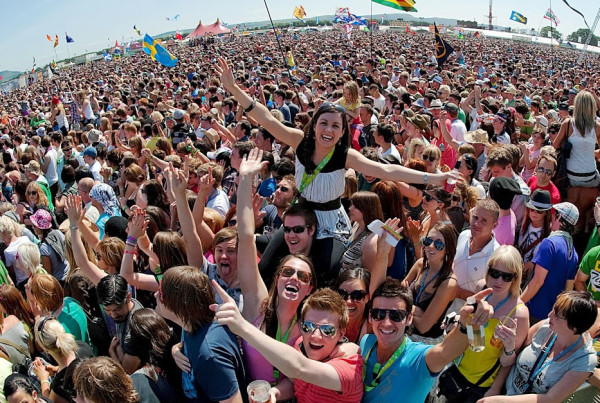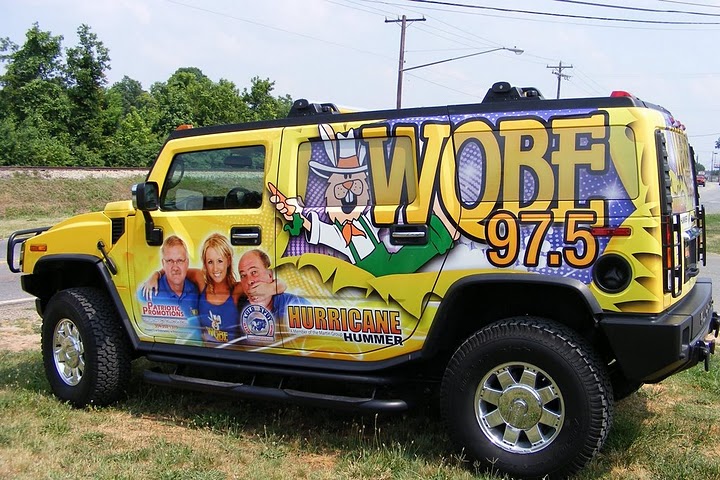
In a digitally savvy world, is the traditional radio remote a good investment of advertising dollars? Think about it. When is the last time you were heading to work and stopped what you were doing, turned around and went to see a local radio personality (or a stand-in) for a t-shirt you’ll never wear and a donut that your waistline doesn’t need?
The only radio remotes I have ever attended were the ones I paid for to help boost attendance for concerts and nightclubs I was promoting…20 years ago.
You may not realize it, but there’s this thing called the Internet and on it there’s this other thing people love called social media that’s all the rage now. Pretty much if it ain’t scrolling on our phones and tablets, we don’t pay any attention to it.
There’s also things like Spotify, Pandora, and Sirius that grab our attention away from traditional radio. BTW, did you also know that finally they are going to be selling “connected cars” which have wi-fi built in?

I know…I know…radio loyalists like to say that collection services aren’t competition for traditional radio. Yeah right.
With all of this, how much longer can the traditional radio remote exist? Radio remotes have been a staple of broadcast advertising for decades. But who do they really serve? It’s a fragmented vehicle that has parties involved who often have had different objectives. Most of the time the main focus has been lost.
The usual players involved have been the station sales people, the “talent”, the program director, possibly the promotions or marketing director of the station and the business owner or agency.
Notice something missing? Notice the most integral part of the equation that’s absent? What’s been missing is the audience! Every other party involved has one reason to be involved and that’s to generate revenue. It hasn’t been about bringing value to the audience.
That’s the singular cause for the ability to disrupt the traditional radio remote. That and of course, social media. You see, what we’re planning and have proved the concept of, is a social remote.
An experiential event that puts the audience first. A vehicle that takes the audiences needs, desires and wants into perspective and the “remote” is planned around what the audience wants.
Pop quiz. Do you really think that today’s audiences care about radio station t-shirts, flailing balloon men, bumperstickers, or a giant Humvee emblazoned with a station logo? Do you really think that today’s audiences are that shallow?
It’s not at all hard to find out what today’s audiences want. All you have to do is ask them, compile the data in their responses, and give them what they want. It’s that simple.
“If you want to give listeners what they want, you need a “balance of math and magic.” Bob Pittman, CEO of iHeartMedia
In the old days, the radio jock was the celebrity. People actually clamored to see him. He was the draw. Not so much now. You’re actually lucky if the morning drive team on your station is even from your market. One of the primary nails in the coffins of the on-air talent was the very thing that caused their early celebrity.
They were the people in the booth. There was guarded access. Their persona was bigger than life. Now that guarded access has lead to the demise of the local radio remote.
Social media has placed the audience as the local celebrity. We revel in being around each other. We all want to be around people we know. People who are fun. People who are also connected.
Now we want our friends and fans to be a part of our circle. We’re not looking to have someone come down from their ivory tower to grace us with their presence as they deem fit. We now want to hangout with our network and those who want to be a part of our network.
It’s in getting together and creating those special moments that we now hold dear. Hanging out with friends is what creates serendipity. As Time Inc’s Priya Narang has said “Social media is the new serendipity.”
Much has been spoken of the loss of serendipity. Social media brings it back and fosters it. The traditional radio remote simply isn’t relevant anymore. It doesn’t create those special moments. It doesn’t foster valuable engagement and interaction. We want to post Vines, Tweets and Instagram photos of life’s special surprises.
Getting a free donut or a t-shirt doesn’t make us want to share our experiences. No one is going to make a Vine about that. Why do we care about the tricked out HumVee…unless you’re giving it to us.
Let’s not kid ourselves, radio is slowly choking and profit, for the most part, is a mirage. Radio station websites are often, vast wastelands littered with yesterday’s news and on the station’s social profiles it appears that no one seems to be minding the shop whatsoever. Check for yourself. Go to a local station’s Facebook or Twitter presence and tweet to them and see if they even care to respond to you.
Radio stations and their personalities are “broadcasters” which makes them masters of one-way communication. It appears that most of radio is doing the opposite of what people want these days.
In my opinion, the key to radio’s survival is the live curation of relevant content that engages audiences and compels them to take action. Unfortunately, radio remotes simply aren’t generating any interest any longer.
Radio stations often brag about the number of radio remotes they’ve sold as the basis point for measuring success. All that metric proves is that there are buyers out there spending money that they’ll never see any return on.
Social media provides an opportunity for radio stations to create meaningful, ongoing, mutually beneficial relationships with their audiences on a very granular level.
Pittman feels that radio hosts are still relevant. Really? Not counting the stars of radio like Howard Stern, Rush Limbaugh, Elvis Duran, or Ryan Seacrest, how many “personalities” in local markets have any relevancy whatsoever? And just how many radio remotes does Ryan Seacrest do? I’m pretty sure that Elvis Duran isn’t showing up in Davie, Florida at the Hair Cuttery to host a live remote.
Radio stations often try to publish their own studies about how strong the medium still is. But the focus group of one (yourself) is always better and more definitive than obviously biased data. Ask yourself the following:
1. How many remotes have you attended in the last 6 months?
2. How many people do you know that have attended a radio remote in the last 6 months?
3. Do you feel like the local on-air talent in your market has any influence over you at all?
4. Do you trust the on-air talent in your market to make product recommendations?
5. How often do you listen to radio commercials?
If you’re honest and accept your own data, you’ll reach the same conclusion that I have. Radio, as we have known it for decades, is on life support. The methodology of the business model simply doesn’t work in today’s digital world.
Radio can no longer be a medium that is “programmed”. Radio can’t simply push commercials and slapstick on us any more. We don’t want to hear it.
“You lose the trust of the listeners if you just start pushing anything, or you’re pushing things that people would think you would ever try.” Angie Martinez, New York-Miami iHeartMedia radio personality,
In order for radio to survive, it must realize that the audience is in control and that the stations must provide content and experiences that originate to provide massive value to the audience. That’s why events like the iheart Radio Festival do so well. That’s an amazing event. The Jingle Balls are unbelievable experiential outings as well.
But the local radio remote? Not so much. But it could be. What if the local radio remote was morphed into something that had prestige and compelled audiences to attend.
“Everyone’s trying to protect business models, but in the end it’s the consumer that rules, and we have to deliver the content to them however they choose to consume it.” Bob Pittman
That’s why we’ve created the “social remote”. The social remote has the reach and audience-centric focus that the traditional remote broadcast doesn’t have. Notice the word “broadcast”. That in itself underscores the problem. No one wants to be talked at. Radio is a one way conversation. It’s a monologue in a dialogue desired world. It’s wholly the antithesis of social.
A social remote allows a radio station to leverage the relationship between brands, music, and the audience. The broadcast remote with it’s focus on promoting the station and the advertiser doesn’t allow for the connection that authentic experiences provide. It doesn’t create memories. It doesn’t enhance potential virality, it’s interruptive and hastens the demise of serendipity.
It’s time to create live experiences that foster engaging relationships that afford the station and the advertiser with contextual relevance.
Our system of implementing a social remote provides a way for the station and the advertiser to gain immediate, real-time data and insights on audience response, sentiment, and brand acceptance.
Disrupting the radio remote broadcast is inevitable. Radio can be a very social component that truly integrates into the fabric of the lives of today’s audiences. The assets are in place. We all love music. We all love serendipitous delights in real time.
It’s amazing that as we near 2015, the traditional remote broadcast hasn’t kept pace with our digital lifestyles and hasn’t been innovated. Radio needs to embrace the adage of innovate or die. Fortunately, for the biggest radio group in the country, their CEO, Bob Pittman, seems to have the requisite vision.
“This is one of the most interesting times I have ever witnessed in the media business. As technological advances come at an ever-quickening pace, it means new ideas and new services can spring to life. Far from being worried about “disruption,” I’m energized by it”.
The social remote is one of those new ideas that will allow radio to successfully manage the inevitability of disruption.

